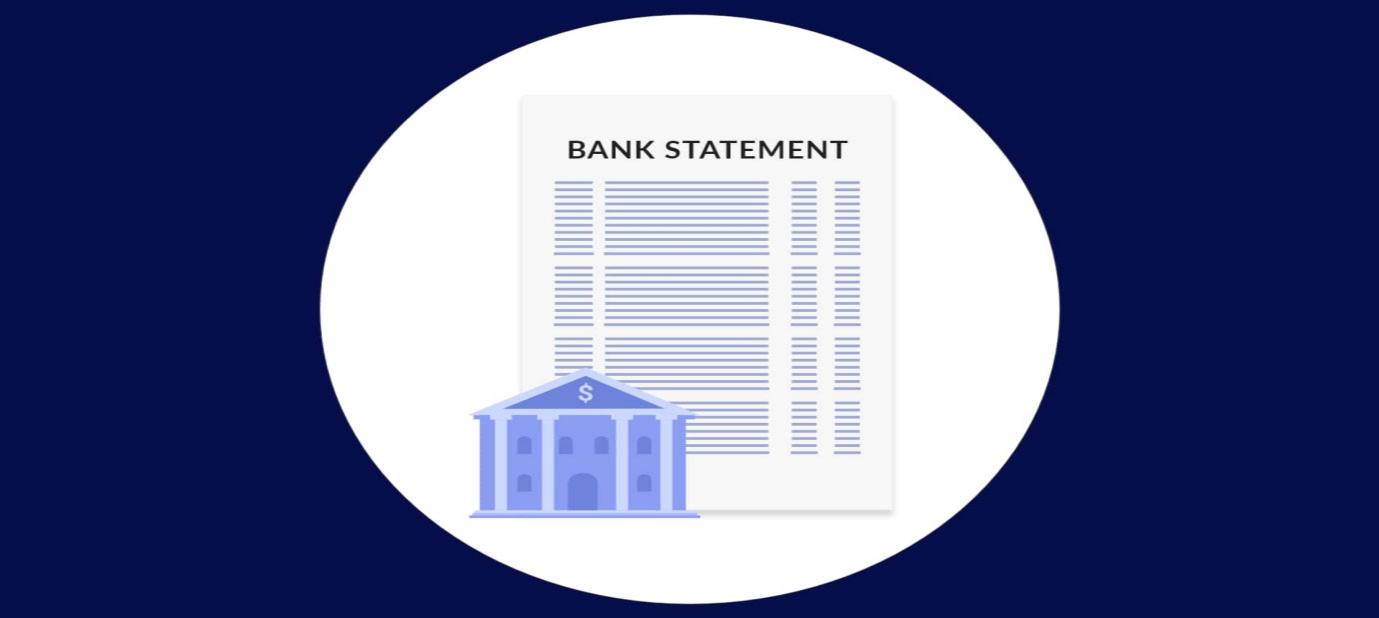How Do Mortgage Lenders Check and Verify Bank Statements?
Mar 23, 2023 By Kelly Walker
Are you considering securing a mortgage to buy your dream home? One of the most important steps in obtaining a mortgage loan is providing bank statements that show proof of income.
Mortgage lenders use these bank statements as verification, ensuring applicants have the ability to make their monthly loan payments.
But do you know exactly how these banks check and verify bank statements? This blog post will provide an overview of lenders' processes when reviewing financial documents.
We'll outline what information they're looking for to assess creditworthiness and evaluate any potential risk factors before offering loan approval.
Keep reading to learn more about how mortgage lenders determine your eligibility by analyzing bank statements!
Verifying Bank Statements
Most lenders begin by looking at your bank statements for the previous two to three months. They'll closely examine each line item, reviewing deposits and withdrawals from various accounts.
This is done to assess whether or not you have sufficient income and assets to cover loan payments. Additionally, lenders also check for any other red flags that may indicate potential financial instability, such as late payments or a high debt-to-income ratio.
Another important factor lenders consider is the stability of your income. Suppose you have recently switched jobs, been laid off, or received sporadic freelance work income. In that case, these items can affect your ability to secure a loan and may require additional verification.
Lenders may require you to provide additional documents, such as a proof of employment letter and pay stubs,s for further review.
The Top 10 Ways Mortgage Lenders Verify Bank Statements
- Review bank statements for the past two to three months.
- Examining deposits and withdrawals from various accounts.
- Identifying red flags such as late payments or high debt-to-income ratio.
- Assessing your income stability, including any recent changes in employment status or sporadic income from freelance work.
- Request additional documents such as a proof of employment letter or pay stubs.
- Comparing your application information to that provided in the bank statements.
- Confirming all deposits are legitimate and not gifts or loans from family members.
- Examining any history of unpaid fees, returned checks, or overdrafts.
- Investigating your current credit score and a potential borrower’s overall financial health.
- Evaluate any risk factors associated with the loan applicant to determine eligibility.
Mortgage lenders are looking for this.
So, mortgage lenders seek proof that you have a steady income and can repay your loan on time. They will also be verifying that there are no red flags that could increase their risk when offering the loan.
This includes reviewing any recent changes in employment status or sources of income and examining any history of bounced checks, unpaid fees, or overdrafts.
In addition to analyzing bank statements, lenders also review current credit scores and the overall financial health of potential borrowers.
It’s important to remember that each lender has its own set of criteria when evaluating applications, so it’s important to do your research before applying for a loan.
Types of Documents in Mortgage For Verification

Aside from bank statements, lenders may request additional documents for verification. This includes proof of income and employment in the form of recent pay stubs, W2 forms, tax returns, or a letter from your employer confirming your current salary and job stability.
Lenders also use asset documentation to verify that loan applicants have enough money saved up to cover the down payment and closing costs.
This can include bank statements, investment account statements, or proof of any other assets such as stocks, bonds, or real estate holdings.
So, lenders review these documents to verify that borrowers have enough money saved up to cover the loan payments and are not at risk of defaulting on their debt.
It’s important to ensure all of your documents are accurate and up-to-date before submitting them so lenders can easily verify the information.
Verification of Bank Statements

Verifying bank statements is an important part of the mortgage loan process.
By reviewing your financial records, lenders can assess whether or not you are a good candidate for a loan and if you can make timely payments on the loan.
This helps them determine if they should offer you the loan and on what terms. So, it’s important to ensure you have all your documents in order before applying for a loan.
By following the steps above, you can ensure that mortgage lenders will properly verify your bank statements and give you the best chance at securing a loan.
Importance of Frictionless Lending Process in Banking
Frictionless lending is an important part of banking, as it makes the loan process more convenient and efficient.
By streamlining the process, banks are able to better serve their customers by providing them with a more seamless experience.
Through frictionless lending, mortgage lenders can review documents quickly and accurately in order to make decisions on loan eligibility faster.
Additionally, banks can save time and money by automating the process and reducing human error.
Frictionless lending also helps ensure that customers get the best rates and terms available for their loan.
Lenders can offer competitive rates and provide borrowers with a more positive experience by eliminating inefficiencies in the mortgage process.
FAQs
How do lenders do the verification?
Lenders do verification by reviewing bank statements, credit scores, and other financial documents to ensure that the borrower is a good candidate for the loan.
They also use asset documentation to verify that borrowers have enough money saved up to cover the down payment and closing costs.
What documents are used for mortgage verification?
Documents used for mortgage verification include bank statements, pay stubs, W2 forms, tax returns, and proof of other assets such as stocks or real estate holdings.
What is frictionless lending?
Frictionless lending is a process that streamlines the loan application process by automating the verification and decision-making processes. This helps banks save time and money while providing customers a more efficient and positive loan experience.
Conclusion
Verifying your bank statements is an important part of the mortgage loan process. Lenders review these documents to ensure that borrowers are good candidates for the loan and can afford to make timely payments on the debt.
It’s important to ensure all your documents are accurate and up-to-date before submitting them so lenders can properly verify the information.








